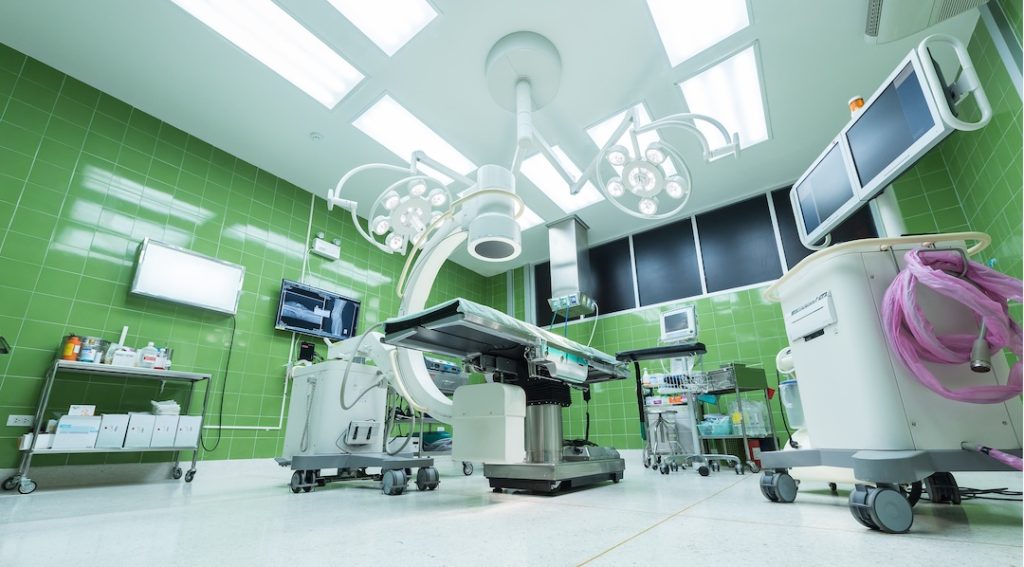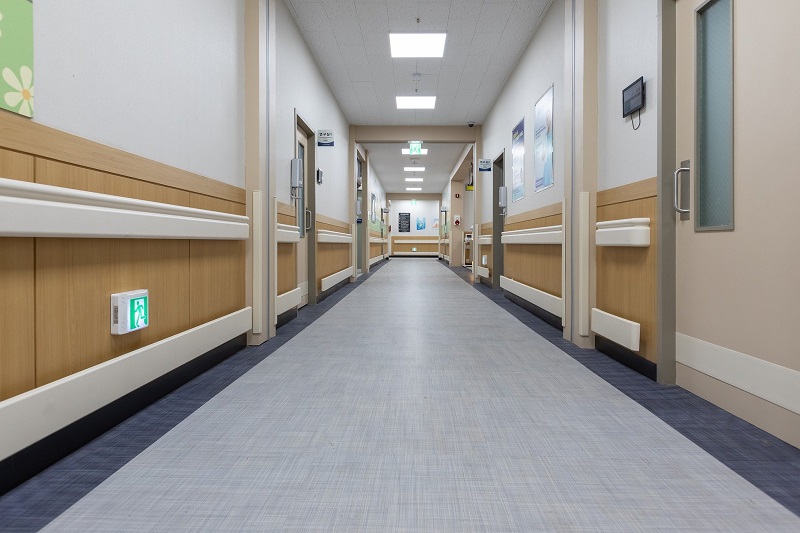Hospitals and health institutions have unique sanitation requirements since they may be treating patients with infections including cholera, typhoid, and hepatitis A. Staff caring for these patients, as well as other patients who may be frail and unable to fight illness, are at a higher risk of infection than the general public. This is why proper hospital sanitation is necessary to protect anyone who comes into touch with this danger. Let’s check out some latest trends in the field of hospital sanitation.
Steam Cleaning
Vapor steam cleaning is becoming a more popular cleaning and sanitizing approach in a variety of industries, including healthcare, food and beverage processing, and commercial cleaning. It may be used to completely clean things without the use of harsh or hazardous solvents or detergents as a safe, ecologically friendly solution. Customers in the hospital and healthcare industries all around the world rely on electro-steam for steam cleaning solutions. Steam sanitation has a number of advantages over traditional cleaning methods, including:
- reduced water use
- reduced water runoff or overspray
- the ability to clean sensitive surfaces and equipment
- and the ability to clean difficult-to-reach regions.
- cleaning without the use of toxic or harsh chemicals
- readily eliminating stains and microbiological pollutants
- it is a very adaptable technique and is environmentally benign.
Steam cleaning is a very successful sanitation approach that eliminates up to 99.99 percent of bacteria, protozoa, fungus, and other germs from a wide range of surfaces, whether you’re cleaning a waiting room or an operating room. Steam cleaning is more ecologically friendly than other cleaning procedures since it does not require harsh chemicals.
Shoe Sanitizing Stations
The respiratory droplets holding the germs fall to the ground when an infected person coughs, sneezes, or even exhales. After being expelled, aerosolized droplet nuclei remain aloft for a short period before being pulled to the ground by gravity. The bacteria in the droplets can remain on the floor for hours or even days. When healthcare professionals and other personnel walk on contaminated surfaces, the pathogens of interest enter their shoes and shoe coverings. This suggests that the germs have moved to locations far from the afflicted patient and are now able to settle on contact surfaces in other parts of the facility. As a result, viruses present in isolated or ill people can infect touch surfaces, with no additional transmission vector except the soles of shoes.
The shoe sanitizing station can kill microbes and bacteria on shoes, preventing them from migrating to other parts of the hospital. You can check these options at https://www.healthysole.com/shoe-sanitizing-station and see the benefits of using this technique. Many potentials for the transmission of COVID-19 and other infectious illnesses have been removed in hospitals that have used this technique.
Water, Sanitation, Hygiene
Water, sanitation, and hygiene, as well as effective health care waste management and cleaning, are essential components for providing excellent health services in health care facilities since they play a key role in ensuring patient and health worker safety. Water should be checked regularly in any healthcare institution. Drinking, cleaning toilets, cleaning hospital rooms, medical operations and processes, washing, showers for health personnel and patients, and keeping basic hand hygiene are just a few of the uses for water. Due to a lack of segregation, restrooms and sanitary facilities are frequently neglected, resulting in misuse and contamination.
As a result, in addition to being cleaned regularly, they should be adequately ventilated with a net and lighting, as well as fitted with a locked door from the inside. Toilets should be accessible to both men and women, as well as children and the disabled. This helps to maintain the user’s privacy and dignity while preventing infections. Hand washing is also an important part of maintaining hand hygiene. Hand washing is extremely necessary before handling the patient, before a clean/aseptic treatment, after bodily fluid exposure risk, after touching the patient, and after touching the patient’s surroundings, according to the WHO. This helps both patients and health care personnel avoid hospital-acquired illnesses, thus all health care facilities should have effective hand washing facilities available at all points of care, including for children and persons with restricted mobility.

Disinfection Tunnels
The disinfection tunnel operates similarly to an airport body scanner: the user enters the tunnel and comes to a halt with outstretched arms. The disinfectant is blasted through nozzles to create a fine mist of water that coats all surfaces in the tunnel, including skin, clothing, luggage, and even cellphones. The disinfection procedure takes 15 seconds to finish.
The major goal of sanitizing processes is to reduce and restrict the spread of bacteria in healthcare settings. Following these rules will aid in the creation of a healthy and safe environment, not just in hospitals but also in the community. Other advantages include improved healthcare quality, illness prevention, and treatment services, employee morale and performance, greater capacity to deliver person-centered care, and finally lower healthcare costs. Proper sanitation in hospitals is surely for the benefit of both workers and patients.










